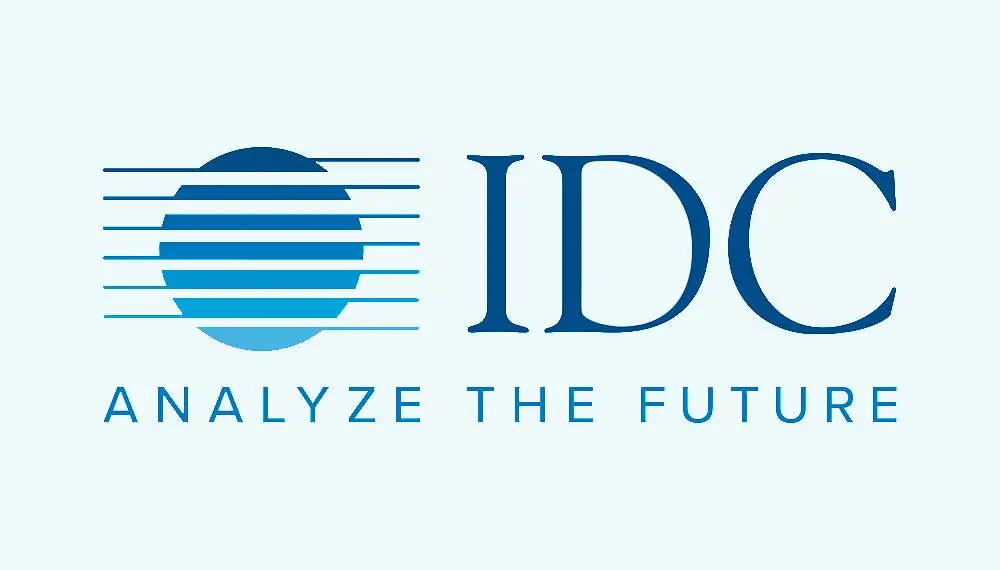The enterprise financial services sector has undergone significant changes in 2024, spurred by a surge in digital transformation efforts. The drive to modernize systems, enhance customer experiences, and streamline operations has intensified, with new trends and technologies shaping the landscape. Key among them are open banking, data harmonization initiatives, and the increasing reliance on AI to transform customer service—and we’ve been tracking all three trends throughout the year. In this blog, we’ll review how these three pivotal shifts in the industry changed the outlook for modernization in financial services, from open banking pushing boundaries and a growing emphasis on data harmonization to the continued importance of digitizing call centers with AI.
Open Banking: Pushing the Limits of What’s Possible and Blurring Traditional Industry Lines
Open banking has arguably been one of the most revolutionary developments in the financial services sector over the last few years. In 2024, it continues to break down traditional industry boundaries, enabling a more integrated and customer-centric ecosystem. Open banking refers to the practice of sharing financial data between banks and third-party providers (TPPs) via secure APIs. This system allows customers to access a wider array of financial products and services, from budgeting apps to personalized lending solutions.
What’s particularly noteworthy in 2024 is how open banking is expanding its role, creating new market opportunities and blurring the lines between banking, fintech, and other industries. Financial institutions are now not just limited to providing traditional services like savings accounts or loans; they are evolving into platforms that facilitate seamless integrations with external partners. This opens up avenues for collaboration between banks, fintechs, insurtechs, and even e-commerce platforms.
For example, banks are now partnering with tech companies to offer innovative solutions such as embedded finance—allowing businesses to integrate banking services directly into their platforms. This trend is not only providing consumers with more personalized financial experiences but is also expanding the competitive landscape. Traditional banks now find themselves competing with agile fintech startups in ways that were unthinkable just a decade ago.
In 2024, regulatory bodies in various regions are also expanding their efforts to ensure that open banking operates securely and equitably. The European Union’s PSD2 regulations, for instance, continue to influence the broader global landscape, pushing for greater transparency, customer consent, and data privacy.
CDP Readiness Giving Way to Data Harmonization Efforts
In 2024, another prominent shift within the financial services sector is the transition from Customer Data Platform (CDP) readiness to a more comprehensive emphasis on data harmonization. Over the past few years, financial institutions focused on centralizing customer data through CDPs. These platforms enabled banks and insurers to consolidate data from disparate sources and create more targeted marketing campaigns or personalized services.
However, in 2024, the industry is recognizing that while CDPs are valuable, they alone are insufficient to address the broader challenges of data fragmentation and scalability. Financial organizations are shifting their focus to comprehensive data harmonization efforts—ensuring that data across various departments, systems, and platforms is standardized and integrated seamlessly. Data Cloud, that’s your cue.
Data harmonization goes beyond just consolidating customer data, and Data Cloud from Salesforce has quickly become the ideal platform for financial services leaders looking to strategize and clean up data efficiently. Data Cloud is allowing these organizations to align different data sources and making them actionable across the enterprise. This approach ensures that financial institutions can create a 360-degree view of their customers, which is critical for delivering personalized services, improving risk management, and meeting regulatory compliance standards.
Financial services organizations are increasingly adopting technologies like artificial intelligence (AI) and machine learning (ML) to help clean, enrich, and harmonize vast amounts of data in real time. By creating a unified, accessible data infrastructure, banks and insurance companies are not only improving operational efficiency but also enabling more dynamic decision-making. Data Cloud again is the fuel behind many of these AI and ML implementations, such as Agentforce AI.
Moreover, this data-centric focus has led to greater collaboration between IT, marketing, compliance, and other departments, with all stakeholders aligning on the importance of data quality. This shift is helping institutions to become more agile, driving faster time-to-market for new products and services, and fostering deeper relationships with customers.
Call Centers: The Continued Focus on AI-Driven Digitization
While many areas of financial services are undergoing radical transformation, one of the most persistent aspects of the digital shift in 2024 is the continued focus on digitizing call centers, particularly through AI-powered tools. Financial institutions, across banking, insurance, and wealth management, have long relied on call centers as a primary point of contact with customers. However, rising customer expectations, cost pressures, and the growing complexity of services have accelerated the push for more efficient, AI-enhanced customer support operations.
AI is transforming call centers in numerous ways, from automating routine inquiries to providing real-time assistance through virtual assistants. In 2024, natural language processing (NLP) and sentiment analysis tools are becoming increasingly sophisticated, enabling AI systems to understand the emotional tone of customer interactions. This allows call center agents to be alerted when a customer is frustrated or experiencing a service issue, ensuring quicker resolutions.
Moreover, AI-driven automation in call centers is allowing financial institutions to cut down on wait times, reduce operational costs, and improve overall service quality. Chatbots and virtual assistants are now handling a broader range of customer requests, from checking account balances to filing insurance claims. When escalation is necessary, AI can seamlessly route customers to the appropriate human agent, equipped with all the relevant context from previous interactions.
The most significant advantage of AI in call centers is its ability to provide round-the-clock service and scale without the need for extensive human resources. As a result, call centers are becoming more efficient, cost-effective, and customer-focused. Just take a look at how Salesforce’s Agentforce AI solution is supporting financial organizations already. Financial institutions are increasingly viewing AI not as a replacement for human workers, but as an enabler of a more responsive and agile customer service environment.
2024 has proven to be a pivotal year for the digital transformation of the enterprise financial services sector. Open banking continues to redefine the competitive landscape, pushing the boundaries of traditional banking models and encouraging innovation across industries. At the same time, data harmonization efforts have gained prominence, moving beyond the foundational steps of CDP readiness to address more complex data integration needs. And in the realm of customer service, AI is continuing to reshape call centers, making them more efficient and responsive to the evolving expectations of customers. As these changes unfold, financial institutions are not only enhancing their operations but also creating a more dynamic, customer-centric future for the industry. We can’t wait to see how 2025 builds upon it all.






















































0 Comments